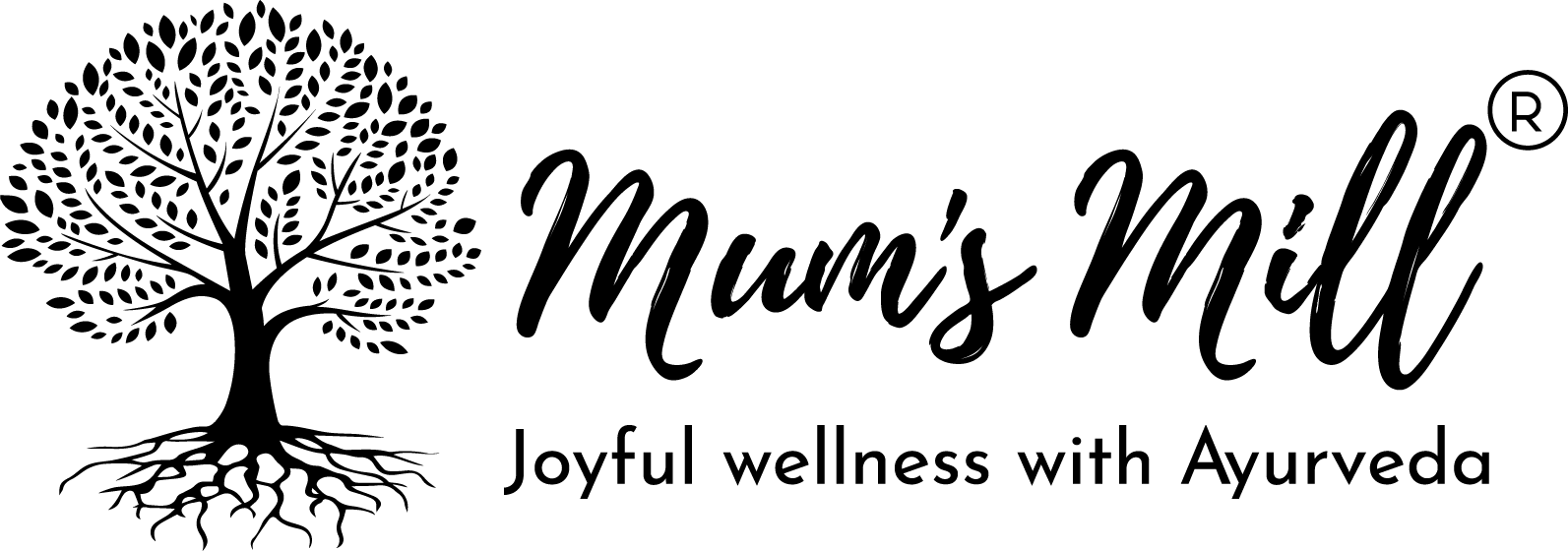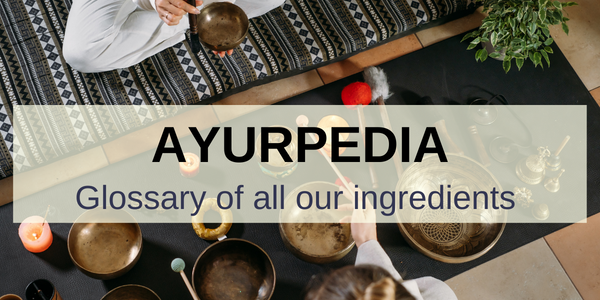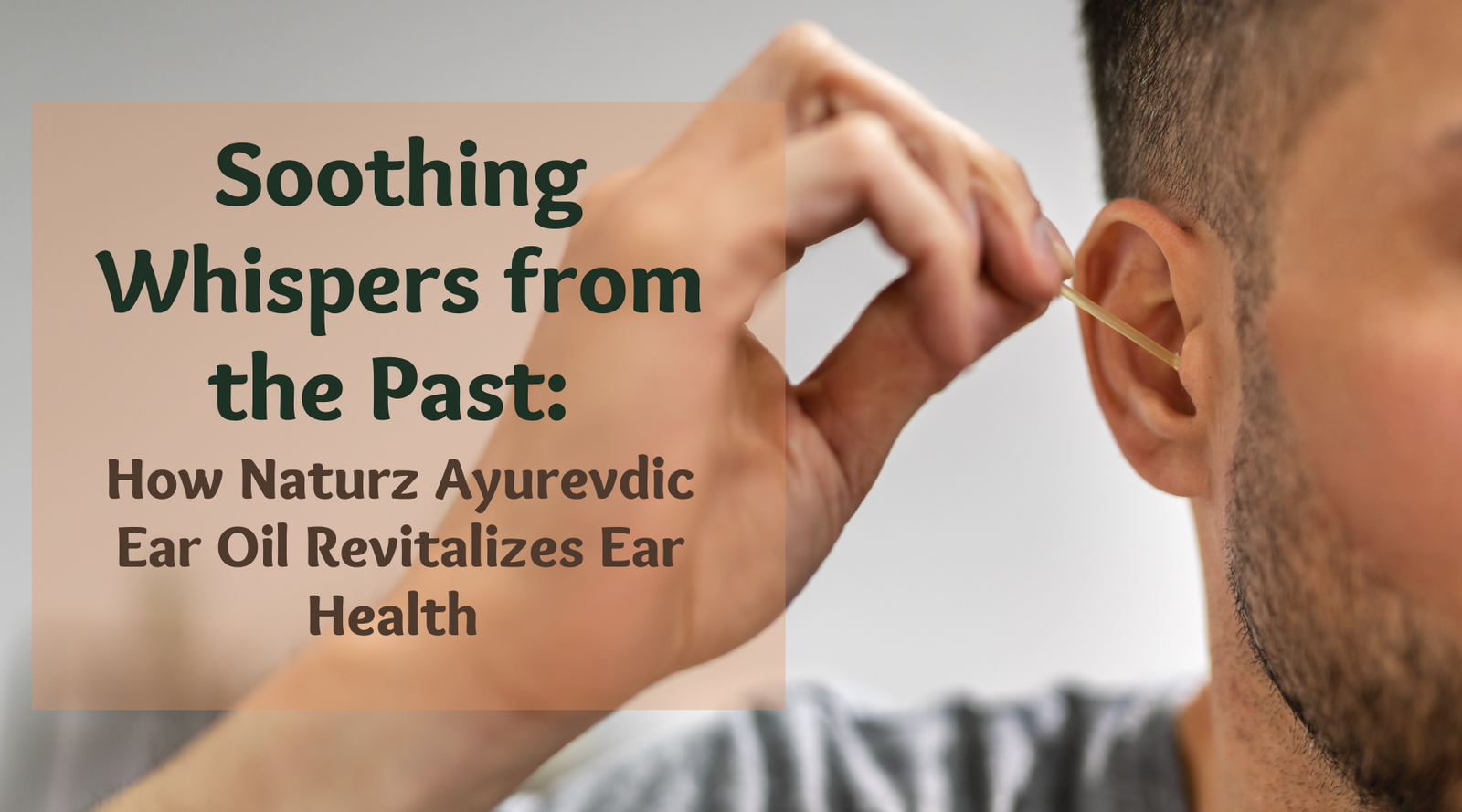
The word yoga means the union. Essentially, it means “union with the divine consciousness”, the ultimate union! Ashtanga yoga or the eight-limbed yoga is an ancient Indian spiritual practice that defines eight fundamental steps to achieve spiritual development.
One of these steps is asana or the stable pose, a quintessential requirement for meditation practice. This step defines the yoga asana or yogic poses to achieve mental peace and physical fitness for spiritual pursuit.
Yoga has grown in popularity all over the world, with even modern physicians praising the psychological and physical benefits they provide. Current studies suggest that yoga is an excellent for physical and mental well-being, as well as stress resilience.
Benefits
Multiple other studies suggest that yoga can provide a huge range of health benefits that include –
- Enhanced blood circulation
- Prevention of lifestyle disorders
- Activation of vital points (marma) in the body
- Alleviation of lower back pain, and other types of body pain
- Prevention of cognitive decline
- Improvement in memory and concentration.
- Relief from depression
- Blocking genetic characteristics that predispose people to stress.
Yoga appears to have a good effect on the central nervous system as well as the immune system, according to a new study published in Frontiers in Human Neuroscience. It also appears to boost people's general sense of well-being.
Yoga for beginners
- If you are a beginner to yoga, start by practicing slow and easy poses like the corpse pose, cobra pose or the child’s pose.
- According to Ayurveda, Agni or the digestive fire is the most important factor responsible for health. These tranquil poses not only help you to achieve excellent digestion and remove metabolic toxins but also help to calm the mind.
- You can also practice these poses as a warming up exercise or after your normal workout.
- Gradually, you can move on to more complex poses. It is always a great idea to take help from a qualified yoga trainer to find the best poses for your body type and current health conditions.
Yoga by Dosha Type (Body Constitution)
Yoga is one of the time-tested methods to balance your metabolism. And the morning is the best time to practice. Let us look at the yoga poses most relevant to different body types.
Ayurveda describes three predominant body types -
- Vata dominant
- Pitta dominant
- Kapha dominant
Vata dominant
The most prominent abode of vata dosha is the large intestines. And all of the following yoga poses help to balance the large intestinal activity.
Pawanmuktasana (wind relieving pose)
Bloating is a major problem with vata dominant people. Pawanmuktasana helps to eliminate intestinal gas. It also helps to prevent constipation, regulates appetite, and improves digestion.
Naukasana (boat pose)
Naukasana is very effective in strengthening the large intestine. Apart from multiple other benefits, it may prevent appendicitis.
Marjariasana (cat pose)
Marjariasana helps to stimulate intestinal movement and also prevents constipation, flatulence, and indigestion in vata people.
Pitta dominant
The primary site of pitta dosha in the body is the small intestine. The following yoga poses help to regulate the entire digestive tract, including the small intestines, liver, pancreas, etc.
Adho mukha svanasana (downward-facing dog pose)
This asana has an incredible balancing effect on intestinal secretions and helps to prevent acidity, intestinal inflammation, peptic ulcers, etc.
Supta matsyendrasana (supine spinal twist)
This asana helps to gently massage the digestive tract and regulate the digestive juices. It also has a great liver-rejuvenating effect.
Bhujangasana (cobra pose)
This pose has multiple benefits. For the pitta body, it helps to regulate the digestive heat, prevents acidity, and helps to control anger.
Kapha dominant
Virasana (warrior pose)
As the name suggests, the warrior pose stimulates the overall metabolism of the kapha-dominant body. It also boosts respiration and circulation in the coldish kapha body.
Trikonasana (triangle pose)
This pose helps to stimulate the digestive tract and related organs like the liver and pancreas. It also helps to enhance the sluggish appetite and digestive capacity of the kapha-dominant body.
Dhanurasana (bow pose)
This pose enhances both the digestive and respiratory capacity of the kapha body. It has a crucial strengthening impact on the kapha-dominant chest region.
These are the top three yoga poses for each body type. I hope that this information brings you good health and peace of mind!
Yoga Mudras to keep your doshas in balance
|
Do you know your dosha? 
In Ayurveda, each of us has a unique mind-body type, known as a dosha. Think of a dosha as your individual blueprint that describes your unique personality, tendencies, and physical nature. Understanding your dosha reveals how to keep yourself in balance to stay happy, healthy and disease free. |










